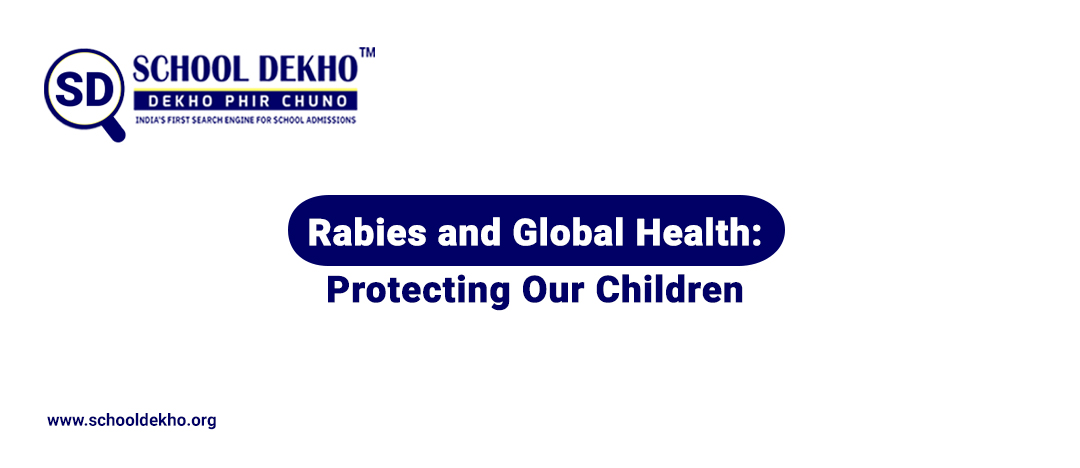
Rabies and Global Health: Protecting Our Children
Rabies is a deadly yet preventable viral disease that affects millions of people, particularly in regions with limited access to healthcare and preventative measures. This article explores the global impact of rabies and the essential steps parents and communities can take to protect their children from this lethal virus.
Rabies: A Global Health Threat
Rabies is a viral disease that primarily spreads through the saliva of infected animals, most commonly through bites or scratches. It affects both humans and animals, causing severe neurological symptoms, and is almost always fatal once symptoms appear. While rabies has been eliminated in some countries, it remains a significant public health concern in many parts of the world.
The Impact on Children
Children are particularly vulnerable to rabies for several reasons:
-
-Curiosity and Interaction with Animals: Children often have a natural curiosity about animals and are more likely to interact with them. This curiosity can put them at risk of bites or scratches from potentially infected animals.
-
-Lack of Awareness: Children may not be fully aware of the dangers of rabies and may not report animal bites or scratches promptly.
-
-Delayed Medical Attention: In some regions, delays in seeking medical attention due to limited healthcare access can be fatal for rabies victims.
Protecting Our Children from Rabies
-
-Education: knowledge is the first line of defense. Parents, schools, and communities should educate children about the risks of rabies and the importance of avoiding contact with stray or unfamiliar animals.
-
-Supervision: Parents and caregivers should closely supervise children when they are around animals, especially in areas where rabies is endemic. Teach them to approach animals cautiously and to report any bites or scratches immediately.
-
-Vaccination: Ensure that pets are up-to-date on their rabies vaccinations. Keep pets under control and away from stray animals.
-
-Community Efforts: Advocate for community-based rabies control programs, including vaccination campaigns for dogs and cats, and the control of stray animal populations. Support initiatives that provide access to post-exposure prophylaxis (PEP) for those bitten by potentially rabid animals.
-
-First Aid: Teach children basic first-aid skills, including how to clean and disinfect wounds caused by animal bites or scratches.
-
-Seek Prompt Medical Attention: Stress the importance of seeking immediate medical attention if a child is bitten or scratched by an animal, even if the wound appears minor. Rabies is preventable if PEP is administered promptly.
-
-Advocate for Policy Change: Support policies and initiatives that prioritize rabies control and prevention at local and national levels. Encourage governments to allocate resources to raise awareness and provide access to vaccination and PEP.
Rabies is a global health threat that can affect anyone, but it poses a particular risk to children due to their natural curiosity and interactions with animals. Protecting our children from rabies requires a multi-faceted approach involving education, vaccination, supervision, and community efforts. By raising awareness and taking proactive measures to prevent rabies, we can ensure that our children grow up in a safer and healthier world, free from the fear of this deadly disease. It is our responsibility to protect our children from rabies and work towards a world where no child suffers from this preventable illness.
Contact with Us
Call: 1800 - 2588 - 074
Mail: info@schooldekho.org
Student’s Best Education Portal | School Dekho | India's First School Search Engine | Best Schools Near Me | Find Schools Near Me | Dekho Phir Chuno
#dekhophirchuno







Leave your thought here
Your email address will not be published. Required fields are marked *